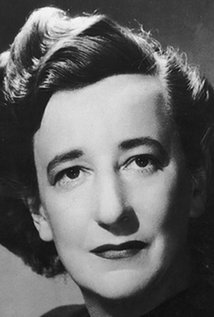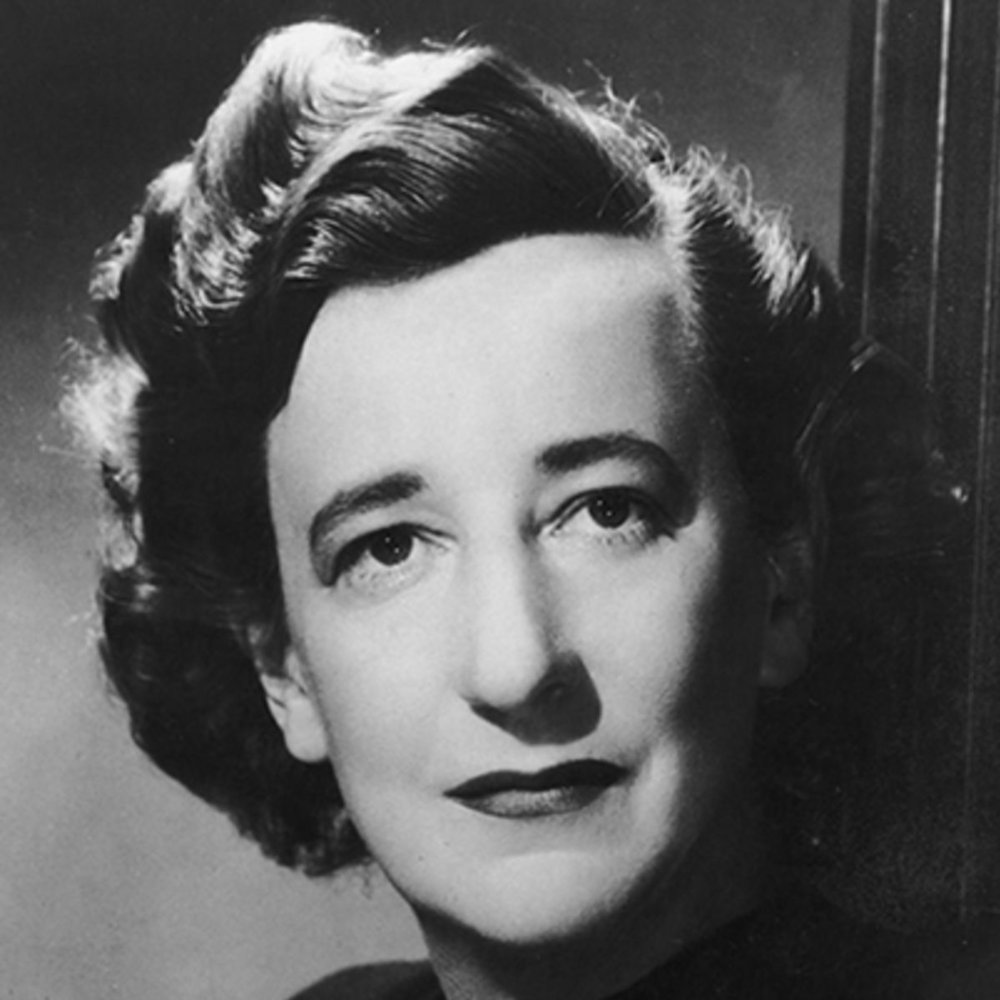During the 1930s, it was fashionable to be a part of the radical political movement in Hollywood. Lillian Hellman devoted herself to the cause along with other writers and actors in their zeal to reform. Her independence set her apart from all but a few women of the day, and gave her writing an edge that broke the rules. Born in New Orleans in 1905...
Show more »
During the 1930s, it was fashionable to be a part of the radical political movement in Hollywood. Lillian Hellman devoted herself to the cause along with other writers and actors in their zeal to reform. Her independence set her apart from all but a few women of the day, and gave her writing an edge that broke the rules. Born in New Orleans in 1905, but raised in New York after the age of five, she studied at Columbia. She married Arthur Kober in 1925, did some work in publishing and wrote for the Herald Tribune. When her husband, also a writer, got a job with Paramount, they moved out to California. It was there that she met Dashiell Hammett and subsequently divorced Kober. Their relationship lasted, in one form or another, for 30 years. Her first important work was the play "The Children's Hour," which was based on a true incident in Scotland. This was an amazingly successful play, and gave Lillian a definite standing in the literary community. Her next venture, a play called "Days To Come," was a complete failure so off she went to Europe. There, she took in the Spanish Civil War and traveled around with Ernest Hemingway. When back in the States, she wrote "The Little Foxes," which opened in 1939 and was a financial windfall for her. She also followed Dorothy Parker and other highly esteemed writers to Hollywood where she was well compensated for her screenwriting efforts. While it may have been fun and daring to be part of a radical political group in the 1930s, with the '40s came the Un-American Activities Committee. She was forced to testify in government hearings, and there was the threat of black lists and tax problems. She remained a visible force and became almost an icon in her later years. Despite an assortment of health issues, including being practically blind, she traveled, lectured, and promoted her political beliefs. She was 79 when she died in 1984, and yet she is still very much with us. It's been over 60 years since it originally opened, but "The Little Foxes," along with other works, is still being produced at all levels of the theater. What writer could ask for anything more?
Show less «




